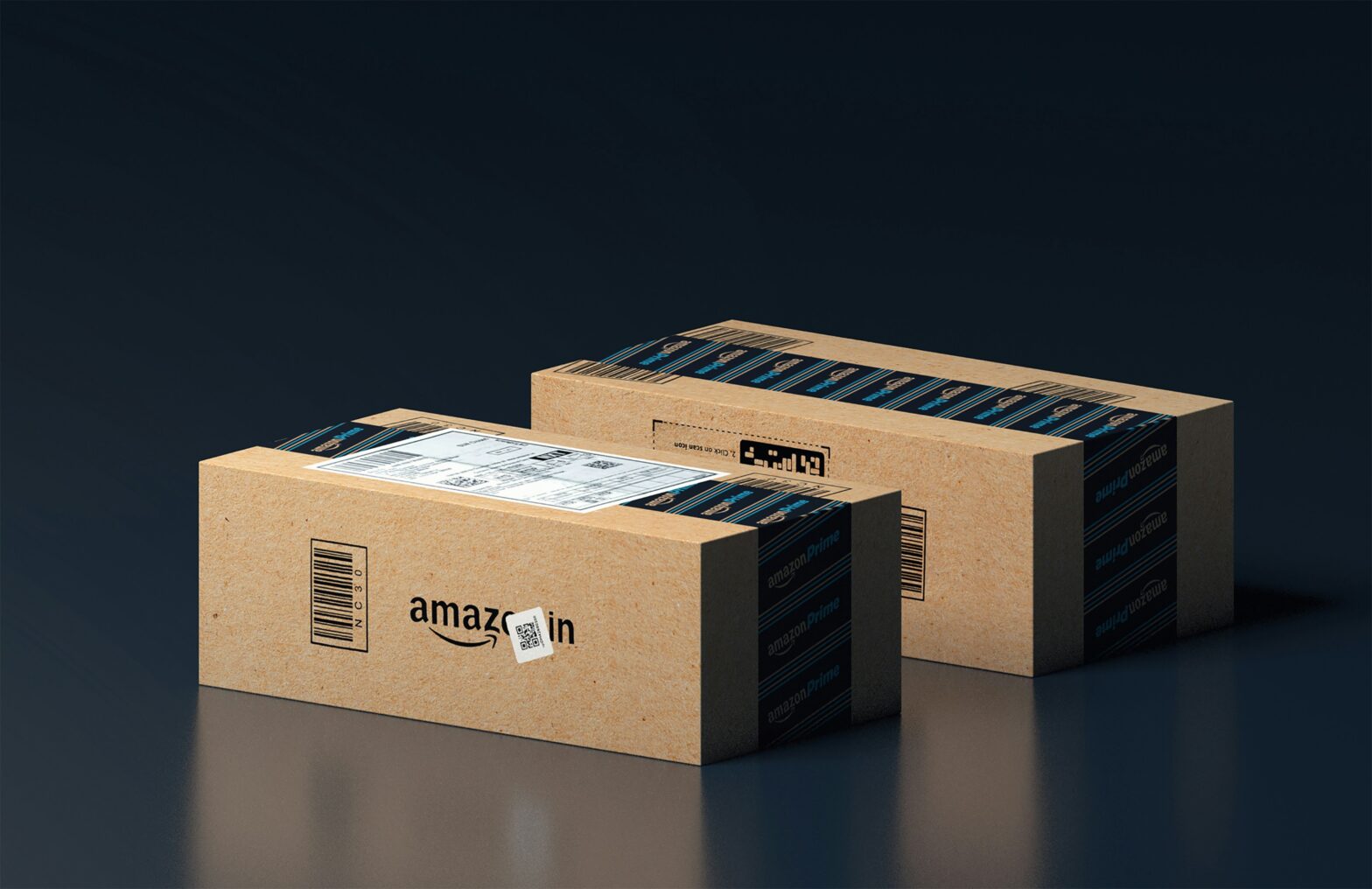Ecommerce is poised for rapid innovation and disruption in 2024 with emerging technologies and evolving consumer expectations around personalization, convenience, and sustainability. Here we explore the 10 biggest trends set to shape online retail next year.
1. AI and Machine Learning Streamline Backend Operations
Artificial intelligence and machine learning will become mainstream for optimizing backend retail operations like inventory and pricing. AI-powered algorithms will help retailers forecast demand more accurately, dynamically adjust prices, and refill stock levels in real-time. This automation enables online retailers to efficiently scale while delivering personalized product recommendations and competitive pricing to consumers.
As the algorithms “learn” from data patterns, their pricing and stock management recommendations continuously improve. This takes the guesswork out of key business decisions. The machine learning models also quickly adapt to new data, like changes in consumer demand or production costs. This arms retailers to make razor-sharp calculated decisions during periods of uncertainty.
2. Hyper-Personalized Shopping Through Customer Data
Retailers will hyper-personalize the online shopping experience in 2024. This centers on using customer data and AI to deliver tailored product recommendations and customized interfaces. For example, machine learning algorithms can suggest products that match an individual consumer’s unique preferences and past purchases.
The customized experience follows shoppers across devices, retargeting them with relevant product ads and special deals. Personalization also applies to user interfaces. Retailers will dynamically display content and offers based on the customer’s location, demographics, shopping behavior, and real-time context. Such personalized, location-based targeting increases conversion rates and basket sizes.
3. The Rise of Interactive Chatbots
Interactive chatbots and virtual assistants will transform online shopping in 2024. These AI-powered bots have text or voice-based conversations with consumers to provide product assistance, style advice, sizing recommendations, and more. Integrated directly into apps and websites, the virtual assistants deliver swift, personalized support at scale. Products like Loomi from Bloomreach, an AI product for ecommerce, will become the norm.
Retailers will also use chatbots to recover abandoned carts. The bots can send shoppers special offers and reminders to complete their purchase via customized text or messaging app conversations. With their top-notch conversational capabilities, virtual shopping assistants boost engagement, conversions, and loyalty.
4. Immersive Experiences Through AR and VR
Augmented reality (AR), virtual reality (VR), and 3D visualization will enable more interactive, immersive online shopping experiences. Retailers across categories — from furniture to fashion — are exploring these technologies’ capabilities.
For example, AR allows online shoppers to visually place items in their living space prior to purchase using mobile apps or websites. This reduces product returns from poor fit or style mismatches. Similarly, 3D product configurators let shoppers customize options on items like glasses or sneakers to view photorealistic renderings from all angles. These immersive product experiences influence buying decisions by bringing items to life digitally. We’ve built these AR experiences for clients, such as Maria Tash, where we created a try-on studio to see how earrings can look on your ear. We’re looking forward to creating more of these AR experiences in 2024.
5. Accelerated Growth of Voice Commerce
The market for voice-enabled ecommerce will accelerate in 2024. Smart speakers and voice assistants like Amazon, Alexa, or Google Home already enable some basic shopping capabilities today. However, innovations in natural language processing will soon allow more complex voice-based transactions.
Industry forecasts predict consumers will increasingly use voice commands to research products, add items to smart carts, complete purchases, and track orders. This hands-free, omni-channel retail experience appeals to convenience-focused, on-the-go shoppers. It also expands accessibility for elderly and disabled demographics. As voice commerce technology and consumer adoption mature, it will reach over $40 billion in U.S. sales by 2024.
6. Sustainability Becomes an Essential Brand Ethos
Sustainability moves center stage as a competitive asset for ecommerce brands in 2024. Consumers increasingly seek out responsible retailers that align with their environmental values. Top brands will differentiate themselves via comprehensive sustainability practices that minimize ecological impacts across the product life cycle.
This lifecycle approach tracks environmental effects from materials sourcing and manufacturing to packaging, shipping, and product disposal. Retailers focused on ecological transparency will thoroughly analyze their supply chain to reduce carbon emissions at each step. Savvy brands will also market their internal waste reduction targets and other green initiatives directly to consumers on their ecommerce sites.
7. Subscriptions and Personalization Intersect
Retail subscription models will merge with personalization to deliver highly tailored recurring shipments. For example, apparel brands will collect style and fit details so algorithms can curate customized monthly boxes of items. Beauty retailers will have consumers take preference quizzes upfront and then send products that match their beauty routines and concerns. For example, one of our clients, Scent Beauty, uses a “Scent Quiz” to match the best scent to what you’re looking for!
These personalized subscriptions provide deep consumer insights over time that brands leverage to refine recommendations. The business model also builds loyalty through exclusive content and added conveniences like free shipping or members-only sales. As personalization and subscriptions converge, they will drive some of the highest customer lifetime values across online retail.
8. Live Video Commerce Goes Mainstream
Live video shopping will transition from an emerging retail trend into a mainstream ecommerce channel in 2024. This highly engaging, interactive format blends entertainment with real-time selling. During broadcasts, influencers or brand reps showcase products and directly enable purchases via integrated shopping capabilities.
Consumers drawn in by the content stick around to shop featured items. This sales format brings product discovery full circle, from discovery on social media to transactions in a unified experience. As mobile users flock to short-form video, live commerce presents a big growth avenue for brands to inspire and convert Gen Z shoppers. Retail live streams will reach nearly $25 billion in U.S. sales by 2024.
9. Expansion of Autonomous Delivery
Retailers will expand robotic delivery methods to get online orders to consumers faster. Autonomous vehicles and drones with self-driving capabilities will supplement traditional shipping carriers. Retailers in dense urban areas will be the first to adopt sidewalk robots. Meanwhile, large big-box retailers and mega-chains will leverage autonomous trucks and vans for warehouse transfers and last-mile fulfillment.
Eventually, even drone delivery will be more commonplace thanks to advancing flight range capacities. Altogether, these autonomous technologies will allow retailers to achieve faster, more flexible delivery at reduced costs. Getting items into consumers’ hands quickly is the next battleground for retail dominance.
10. Emerging Applications of Cryptocurrency
Finally, retailers will explore cryptocurrency and blockchain for payments, supply chain tracking, and combating counterfeit goods. Currently, a small portion of ecommerce brands accept popular cryptocurrencies like Bitcoin as payment. This includes large online retailers like Overstock and Shopify merchants. Supporting decentralized digital coins appeals to tech-savvy, Gen Z, and millennial shoppers.
Separately, blockchain verification will help retailers authenticate goods and monitor transparent supply chains from origin to consumer. This gives shoppers confidence in a product’s ethical sourcing and sustainability. As blockchain and cryptocurrency technologies mature, they will drive the next wave of innovation across global retail.
The Future is Here
To stay competitive, retailers must remain agile and forward-thinking enough to actively embrace the key trends poised to shape the next era of online retail. The brands that evolve to meet these consumer demands will win market share as shopping moves increasingly virtual. Those who get complacent face extinction from digital-first competitors.
Ultimately, the future of retail will be defined by taking convenience, customization, and innovation further than previously imagined. 2024 is the year that “next-gen” retail transitions from possibility to reality. If you’re looking to uplevel your ecommerce business in 2024, contact us to see how we can help you achieve your goals.


